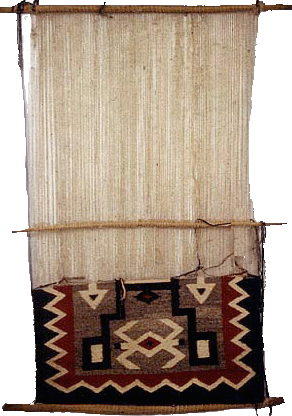 Tapestry’s name is about the emergence of something new, with new properties, from the coming-together of many different ways of knowing, learning about, and responding to the natural world. The word “tapestry” was chosen because this type of old European woven design is a famous example of emergence.
Tapestry’s name is about the emergence of something new, with new properties, from the coming-together of many different ways of knowing, learning about, and responding to the natural world. The word “tapestry” was chosen because this type of old European woven design is a famous example of emergence.
In a tapestry, the separate threads of various colors are woven into a pattern that creates a wholly new image when seen from a distance. The image formed by the pattern of complex relationships between the threads is a new level of phenomenon, and one that requires all the constituent parts in order to exist. The image also emerges from the coming-together in relationship of the threads and the eyes, mind, and heart of the person who sees them. Without the viewer who engages with the tapestry, no image emerges. The emergent image also depends on the participation of the weaver and of all the beings (including sheep for wool and plants for dyes and the loom) that produce the materials used to make and become the tapestry.
Tapestry, the organization, represents itself mythically through more than a word that conjures up the image of a Renaissance wall hanging. It also represents itself visually, and that is done via the Navajo (Diné) rug weaving shown on this page. This pattern is known as “Storm Ganado” and the full design would have had a rectangle in each corner, to represent the four sacred mountains of the Dinetah, or sacred homeland of the Navajo (Diné) people. This particular rug was woven in the early 1930s and purchased in the incomplete form you see by Cherokee humorist, rope-trick artist, and vaudevillian Will Rogers when he visited the Navajo Reservation. Rogers’ estate returned the unfinished rug to the weaver’s family upon his death, and the family subsequently sold it to a dealer. Tapestry purchased the rug in 1998 as a symbol of its mission.
The rug is important for several reasons. First, it helps express the multicultural communication element of Tapestry’s mission because it adds an Indigenous image to a European word. Second, it points to the significance of image and ritual in defining who and what we are, since weaving of this type is both sacred and utilitarian, pragmatic and mythic. Third, the design itself highlights the importance of the Land and place to Indigenous peoples and to the work we carry out. And last, the incomplete state of the rug speaks to the long-term process in which we believe we are engaged — a vital issue given that process is more important to us than outcome. If the reverse was true, our symbol would be a completed weaving.
We are glad you’ve joined us in the process of helping to re-weave a world in which all threads of life and idea are present, where each is able to contribute its unique color and texture to the health, beauty, and balance of a new world that will someday emerge.
